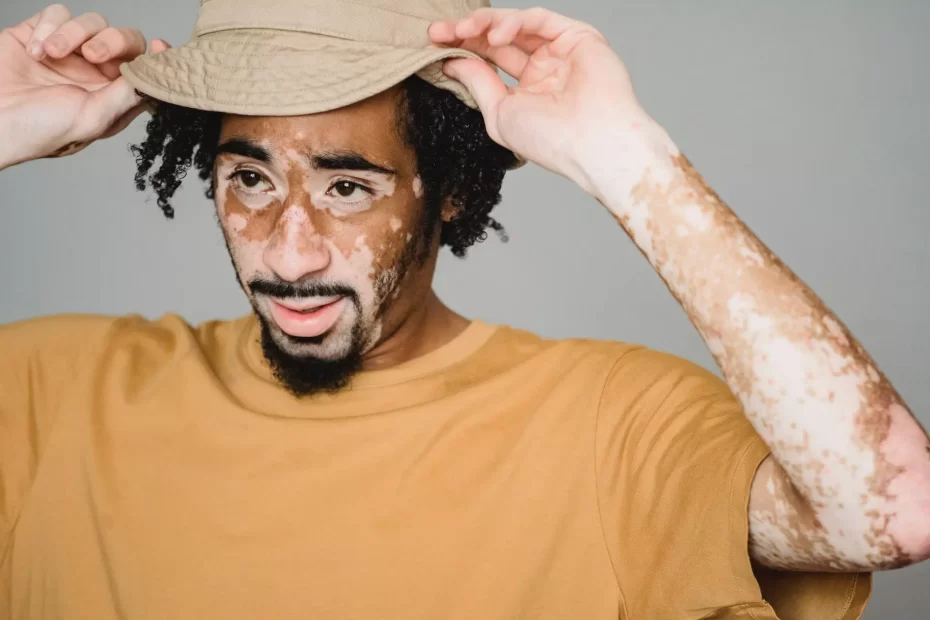Vitiligo is a skin condition that affects millions of people worldwide. In this blog post, we will delve into the intricacies of Vitiligo, from its causes and symptoms to the available treatment options. Understanding this condition is crucial in order to dispel misconceptions and provide support to those affected. Join us as we explore the latest insights and advancements in addressing Vitiligo and learn about the experiences of individuals, such as Astha Shah, who have navigated living with this condition.
Understanding Vitiligo
Vitiligo is a skin condition that occurs when melanin-producing cells die or stop functioning, resulting in the loss of skin color in blotches. It affects people of all skin types but is more noticeable in individuals with darker skin. The exact cause of vitiligo is not fully understood, but it is believed to be an autoimmune condition that may also have genetic and environmental factors. Common areas affected by vitiligo include the face, hands, and body folds.
Symptoms of Vitiligo:
- Loss of skin color in patches
- Premature graying or whitening of the hair, eyebrows, eyelashes, or beard
- Discoloration of the tissues inside the mouth and nose
Types of Vitiligo:
- Non-segmental vitiligo: Most common type, symmetrical patches on both sides of the body
- Segmental vitiligo: Occurs in one area or segment of the body
Understanding the different aspects of vitiligo is crucial in exploring treatment options and coping strategies.
Treatment Options for Vitiligo
When it comes to treating Vitiligo, there are several options available. It’s important to note that the effectiveness of these treatments can vary from person to person. Here are some common treatment options:
Topical Steroid Therapy: This involves applying corticosteroid creams on the affected areas to help restore pigment. However, long-term use can have side effects.
Phototherapy: This treatment uses UV light to repigment the skin. It can be done using narrowband UVB, UVA, or excimer laser.
Depigmentation: For extensive Vitiligo, depigmentation of the remaining normal skin can be an option to create a more uniform appearance.
Surgery: Procedures like skin grafting, micropigmentation, and blister grafting may be considered for some cases.
Cosmetics: Camouflaging creams and makeup can be used to cover the affected areas for a temporary improvement in appearance.
It’s essential to consult with a dermatologist to determine the most suitable treatment option based on individual circumstances and preferences.
